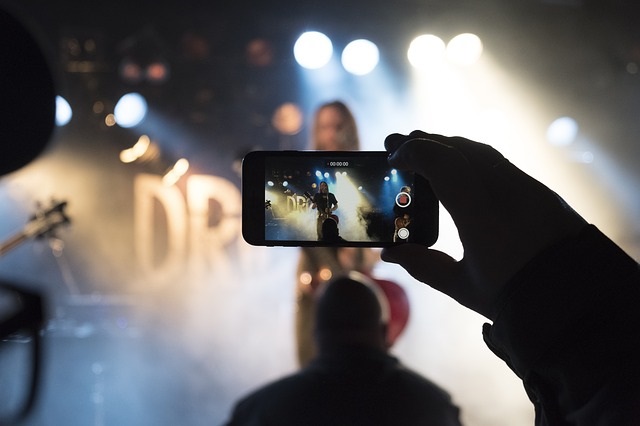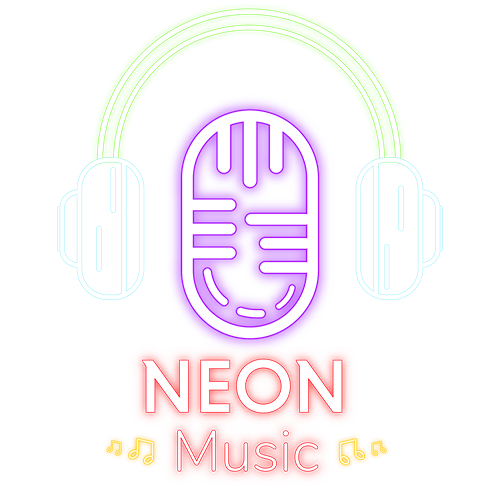
 I recently watched John Berger’s BAFTA award-winning BBC series “Ways of Seeing” which discussed the invention of the camera, and it’s effects on the viewing of European paintings. Although a quite slow piece, it contained some very interesting ideas and observations such as this:
I recently watched John Berger’s BAFTA award-winning BBC series “Ways of Seeing” which discussed the invention of the camera, and it’s effects on the viewing of European paintings. Although a quite slow piece, it contained some very interesting ideas and observations such as this:
“Perspective makes the eye the centre of the visible world, but the human eye can only be in one place at a time. It takes it’s visible world with it as it walks. With the invention of the camera, everything changed.” -Berger, 1972
It’s true, when the camera arrived it served to reproduce a once exclusive image limited only to those in direct view. In doing this it undercut the value of the paintings themselves by making them readily available for anyone to consume at any place and at any time. How is this relevant? You might be asking. I believe this premise can be applied to a modern context in music and have been wondering: to what extent has the invention of the mobile camera contributed to the value of an artist’s performance, and to what extent has it dampened our appreciation of the art itself?
Firstly let’s talk about why photographing and filming shows has become so integrated with concert culture. I myself am guilty of it, and it isn’t purely to document the event for my later personal viewing. The main reason why many people will have their phone out during a concert is to share their experience with their friends and followers, and most notably, to prove their presence at an event. “I’ll probably never watch it again, but I will post it on Instagram and Snapchat just to say, ‘I was there.‘” (Trakin, 2017) If our motives can, therefore, be entirely narcissistic, they feed into a negative attention cycle of constantly trying to impress/prove ourselves to others.
For some, however, their honest intent is to capture and preserve a once in a lifetime experience that they’ll treasure in years to come. But this does not make the entire filming of a one hour show necessary; when there will be hundreds of other videos from those in the crowd that will be identical to yours, that’ll you’ll have access to almost instantly online? If I’m too focused on getting the perfect video, not ripping my eyes from my phone, hopelessly trying to dance with one hand stretched in the air to film, am I really enjoying the music to its full extent? This phenomenon perfectly summarises the growing symptoms of the saturated digital age, and yet as conscious participators, we still don’t put our phones down.
For the performer themselves, we have to wonder- what message is this sending to the artist? After weeks, months possibly of rehearsals, perfecting their performance to communicate their music perfectly to adoring fans- their view ends up being a sea of phones and flashes instead of faces. From their perspective; mobile phone presence can act as a digital barrier between them and their audience, and for those craving that personal connection, this is detrimental to the atmosphere and intimacy of a concert.
“The camera by making the work of art transmittable, has multiplied its possible meanings and destroyed its unique original meaning”. (Berger, 1972)
I understand that the sharing of concert videos does in many ways, however, act as free promotion for the act, via the use of platforms like Instagram and Snapchat. Social media gives the world an insight into the artist as a performer, giving them greater brand awareness and buzz around their name and selling more tickets for their next show. That being said, artists like Childish Gambino do not quite see it this way and in 2016 launched his album “PHAROS” with an intimate festival experience accompanied by a no-photo policy.
“I wanted to give people an experience. I think telling people to put their phones away really forces a person to be present.” – Gambino, 2016
Gambino worked with the company Yondr to enforce this, working with innovative technology that effectively locked users’ phones within a pouch unit, that they could still keep in their possession until out of a certain zone. “We work with artists, venues, promoters, and labels to create phone-free shows, events and tours.” (Yondr, 2019) Tech giant Apple has also made efforts towards restricting photography and filming on devices by patenting new technology in 2016 that disables the camera within certain areas.
Can these be considered extreme solutions to a moderate but seemingly growing problem? If we take a step back and objectively evaluate the damage caused by filming events; no-one is physically harmed in the act, it creates hype around an artist on social media platforms and it serves to provide those who could not be there (perhaps they couldn’t afford ticket prices or there were limited sales) with the opportunity to live it through others, and the video documentation anyone can access online. With Yondr and Apple, we have reached a strange full circle almost where technology is being used to regulate itself.
Whilst I personally would not mind the exclusivity and sacredness of a phone-free show, I do feel that we invented the phone and the camera for definite reasons and that under certain circumstances usage is necessary. Taking phone calls for example in the case of an emergency. Or in the event of a crime, the mobile camera has played a pivotal role in keeping a digital eye on authority by documenting and sharing injustices, take police brutality for example. Locking this ability away could be a very dangerous game to play. A more appropriate solution could be the suggestion of a no-phone policy by the artist directly and vocally to their audience, instead of the enforcement of a policy that calls into question individual rights of freedom.
The real question is: would we even listen? Next time you’re at an event with your camera out I want you to think of me sitting here writing endlessly about why you shouldn’t record the whole thing, and how happy it’d make me if you’d actually enjoy the show as it was meant to be seen, with your own eyes.
I’ll leave you with a video from a Green Day gig at Emirates in 2013 that I attended. The crowd whilst waiting for the band all sang Queen’s Bohemian Rhapsody until their lungs were finished. Myself included. And although you can’t see it in the video, there was not one camera in sight. Real artists and real moments are too special to capture.
